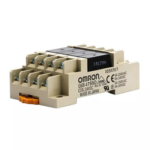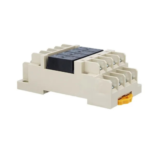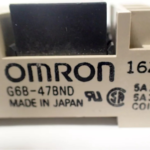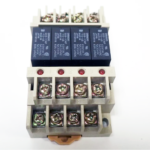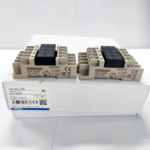A relay and a switch are devices used to control the flow of electricity, but they work in different ways and serve different purposes. A switch is a basic device that lets you manually open or close a circuit. For example, flipping a light switch on closes the circuit, allowing electricity to flow and turn the light on; flipping it off opens the circuit and stops the electricity, turning the light off. A relay is an electrically operated switch, controlled by an electric signal rather than by hand. When the signal is sent, the relay opens or closes the circuit, similar to a regular switch. Relays are often used to control high-power circuits with low-power signals, like in a car where a small dashboard switch sends a signal to a relay that powers the headlights. In short, a switch allows direct manual control, while a relay enables automatic or remote control using electrical signals.

About us








